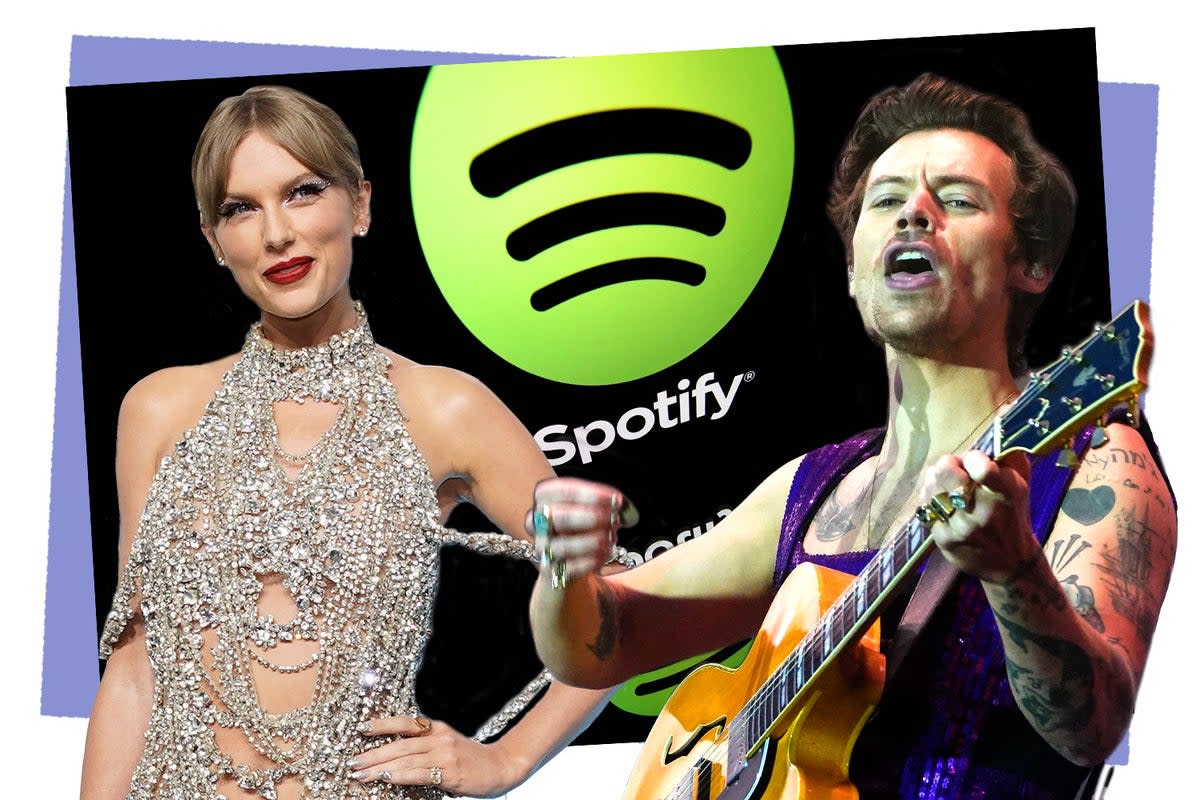Is an ‘artist-centric’ streaming model the answer to music’s money problems?

The music industry starts 2023 in a bullish mood. Perhaps some of its executives spent their breaks ruminating on a controversial number: 100,000. That’s how many tracks are uploaded to streaming services daily, according to industry site Music Business Worldwide.
I’ve written here before about how all this choice might not be a good thing. To make matters worse, streaming services aren’t growing as fast as they once were. This is natural – in the major markets, there’ll come a point when most people have a subscription. It’s got labels wondering where money will come from in future though.
There’s also greater competition – more superstars to share the pie as music goes global; a rising ‘middle-class’ of streaming artists; and a vast – and growing – collection of dross. We’ll get to that in a minute. An interesting upshot is that top-tier artists are generating a smaller percentage of revenue than previously – and that’s giving pop labels the willies. Combined with this are fears that soon, AI might be making music that sounds enough like Ed Sheeran, Dua Lipa or Taylor Swift to satisfy casual listeners, and a lot more cheaply.
So, this might be a year that the record companies come out fighting. In fact, some of its most powerful voices are calling for a whole new payment model – despite bearing much responsibility for the current one.
Sir Lucian Grainge, CEO of Universal Music Group, has just sent his annual missive to his global staff. He directly referenced the 100,000 uploads and said that “to entice consumers to subscribe, platforms exploit the music of artists with large and passionate fan bases.” But once signed up, those fans are “guided by algorithms to generic music that… is less expensive for the platform to license or, in some cases, has been commissioned directly by the platform.”
Grainge refers to another controversial number: “the thousands of 31-second sound files whose sole purpose is to game the system and divert royalties.” See, 31 seconds is the magic number that a stream needs to be to generate a full pay-out.
Sony’s highly regarded CEO Rob Stringer referred to these same uploads as “flotsam and jetsam.” In Music Biz Worldwide’s memorable phrase, they “clog up relaxation/rain-sounds playlists on Spotify and other services but get paid the same as A Day In The Life.”
Grainge’s new year note goes on to claim that “the real divide is between those committed to investing in artist development versus those gaming the system,” which probably elicited a chortle from my fellow indie-sector types.
The point is a good one though. So, what’s the answer?
Some execs have suggested that songs could be treated like live music – you pay more to get the biggest stars. Grainge himself refers to an “artist centric model,” pointedly differentiating from the user-centric one that the Broken Record campaign has pushed for. How would this work in practice? New services charging more money for the biggest stars? Multiple subscriptions for different content, as per the TV and film model? Grainge didn’t go into detail, probably because it’s far too complicated.
What does seem clear is that Universal, the biggest player in music, is going to push for better terms in 2023. If this happens, the key will be making sure Universal isn’t the only beneficiary.
In his final lines, Grainge took an implicit shot at Tik Tok. If streaming growth is slowing down, the short-form video platform is skyrocketing. Currently, musicians only see income when someone uploads a video using their song, which can mean millions of people consume it for free. Let’s hope 2023 is the year they start to pay artists more.

 Yahoo News
Yahoo News 
